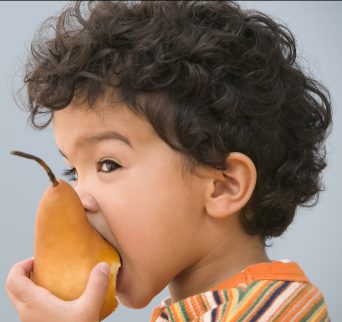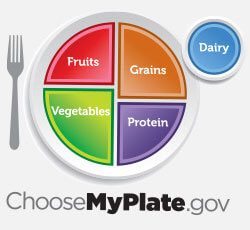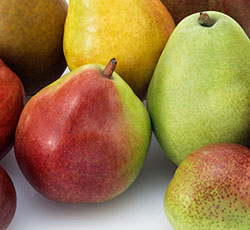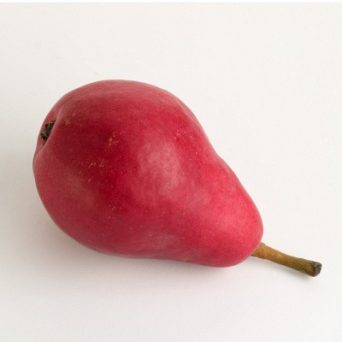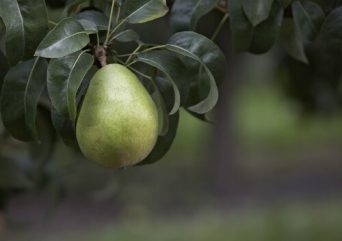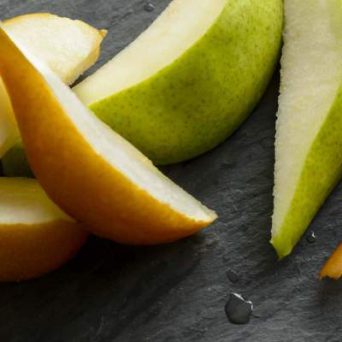March is National Nutrition Month!
Registered dietitians and moms Christina Iaboni and Elis Halenko are sharing their top four tips to help your kids develop healthy eating habits at a young age.
Participation:
One of the best ways to encourage healthy eating is to get your kids involved in cooking and meal preparation at a young age. Even toddlers can help with simple tasks such as mixing, using a rolling pin, and washing fruits and vegetables. You could also bring your kids to the grocery store and have them pick out fruits and vegetables that they want to try. The more they participate in choosing and preparing, the more likely they will be to try new foods.
Kids can participate in meal planning as well. It is better to give them choices between two options rather than an open question of “What do you want for dinner?”
Building Routines
Kids and adults thrive on a routine. Establishing eating routines helps kids know when they can expect their next meal or snack and it helps prevent them from grazing throughout the day. When kids can count on a routine they also become more in tune with their hunger and fullness cues.
We recommend including one fruit or vegetable with each meal or snack along with something that has some protein, such as yogurt or cheese to help satisfy their hunger and provide a variety of nutrients. A cut-up pear with a slice of cheese is an example of a simple and healthy snack.
Role Modeling
One of the best ways to encourage kids to eat healthy is to be a good role model. If your kids see you eating fruits and vegetables and enjoying balanced meals most of the time, they will learn to do the same.
While we know it isn’t always easy, we encourage you to eat meals together as a family to support healthy habits. Family meals are also a great place for conversation and connecting as a family.
Offering all foods without pressure
Offer your child a variety of foods each day and don’t pressure or force them to eat anything as this often has the opposite of the intended effect. Many adults grew up with parents or caregivers telling us to “finish our broccoli before you can have dessert,” however, that doesn’t promote a positive relationship with food. Simply serve your child a variety of foods and allow them to decide what they will eat. Research suggests it can take 10-15 exposures (or more) before a child will accept a new food. Over time, they will learn to enjoy the same foods the rest of the family does.
If you want to learn more about feeding kids and encouraging their involvement in the kitchen, check out our e-book here.
